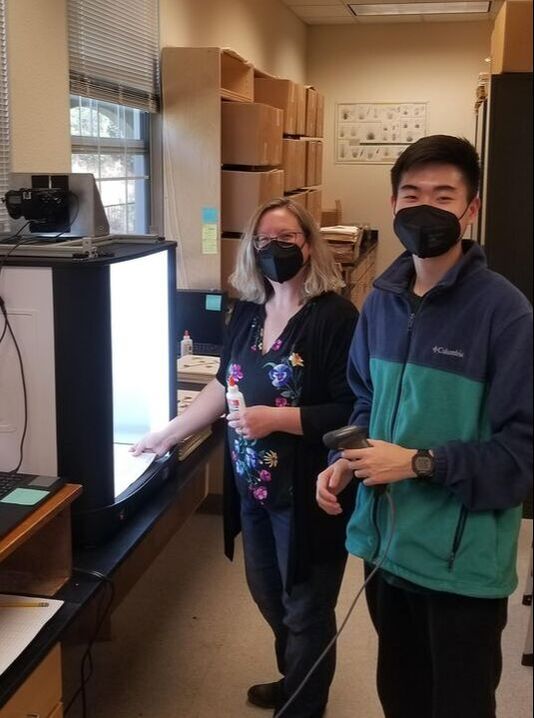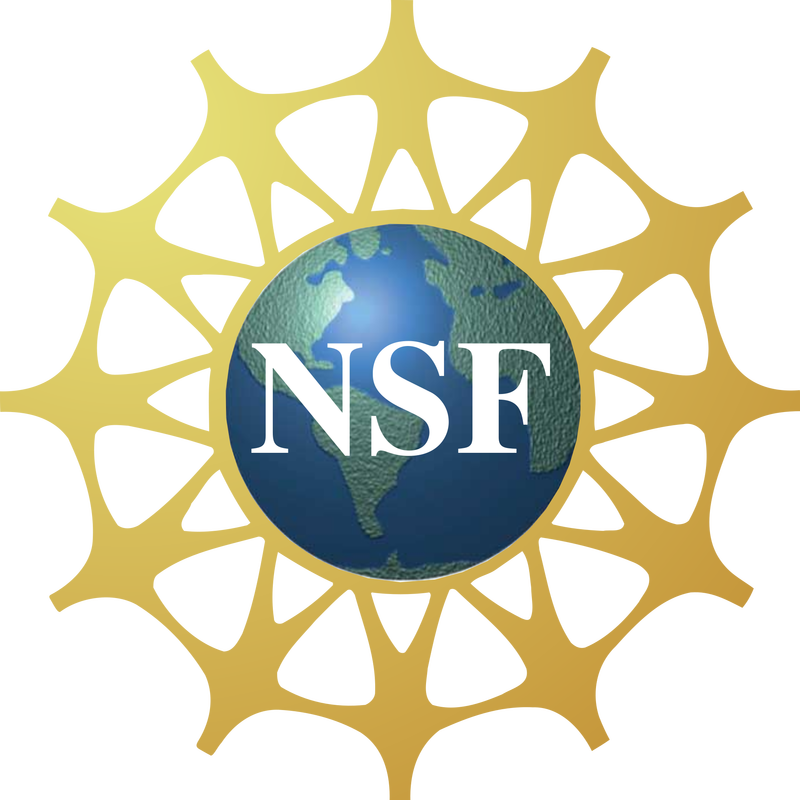Nestled in the northeast foothills the Napa Valley sits a small, charming liberal arts college, surrounded by aged oaks, manzanitas, and madrones. One of the time-honored buildings on the verdant campus houses the Gilbert J. Muth Herbarium of Pacific Union College, an active herbarium that consists of over 80,000 accessioned specimens. In 2020, the herbarium at Pacific Union College (official herbarium acronym: PUA), joined the California Phenology Network through a Partner-To-Existing Network grant from the NSF, which is funding the imaging of this unique collection's specimens.
The PUA herbarium has a rich history of curation by Gilbert "Gibby" Muth and the current director, Aimee Wyrick. Thanks to hard work over the years, the majority of specimens in this collection are already databased and georeferenced, and many specimens include robust data on soil type, habitat, and plant phenology at the time and place of collection. As with most collections, there is a backlog of work to do, but with dedicated students and strong leadership, this collection is moving forward with a purpose.
| In early February, PUA received the shared imaging equipment from CSU Stanislaus, which had previously completed the imaging of their 4000+ California specimens according to schedule. With a quick visit from the CAP project manager to set up the equipment and train PUA personnel, the PUA team began the imaging process with gusto, snapping shots of over 100 specimens within the few first days. The Pacific Union College is over 120 years old and has stood in its current location for over 110 years, making it one of the oldest institutions in the CAP Network (though UC Berkeley and San Jose State University are impressively well-established, too!). Small institutions like PUA contain a wealth of unique and irreplaceable data (see this excellent study published in 2020 about this very topic!), and as such, we are excited to see this herbarium's specimens in full color on the CCH2 site soon. Good work, team! |

